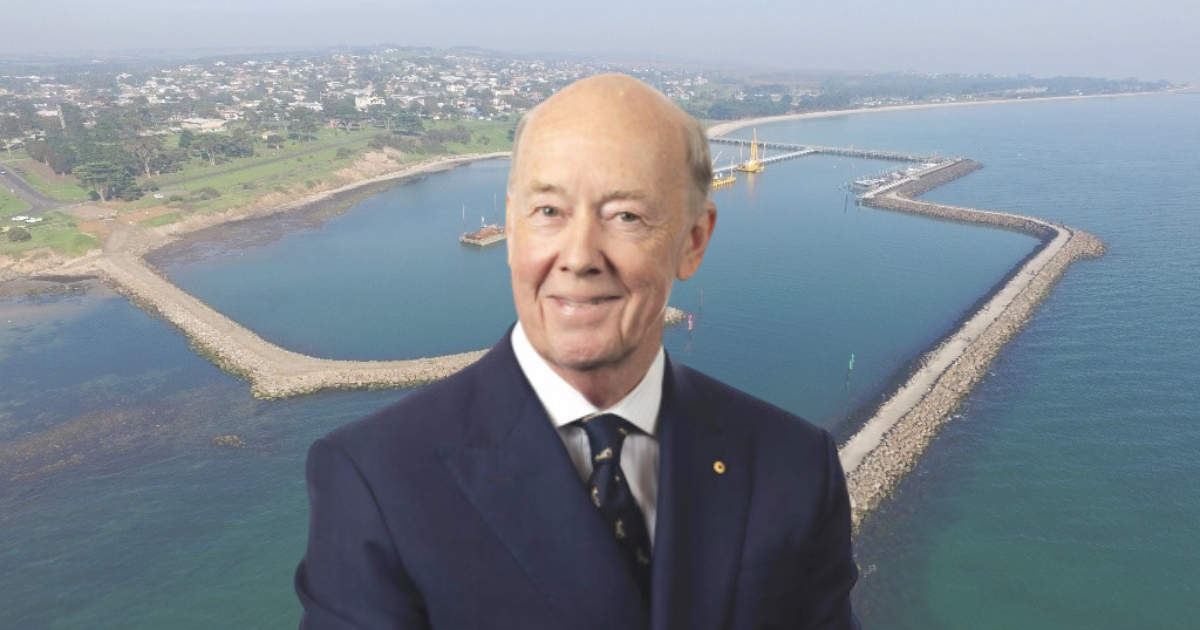Fyansford quarry to become a lake
A QUARRY near Fyansford will be allowed to be filled with water to create a large freshwater lake.
The Batesford limestone quarry was established in the 1800s and is operated jointly by Adelaide Brighton and the McCann Family, and is presently kept dry with pumps to enable lime to be extracted for agriculture.
The quarry is approaching the end of its useful life, and when cement production stopped at the nearby works in 2001, plans were developed to rehabilitate the quarry.
The rehabilitation program, developed in conjunction with the state government, includes the construction and compaction of slopes from the old quarry walls and the creation of a new lake which when filled, will be more than 30 metres deep, with a perimeter of almost five kilometres and will contain in excess of 48 billion litres of water with a surface area of over more than 164 hectares.
The quarry floor is below sea level and will naturally fill with groundwater.
It will be more than twice the size of Mt Gambier’s Blue Lake and has the potential to be set within one of Australia’s largest city fringe parklands.
“Adelaide Brighton and our partners would like to ensure that following completion of rehabilitation, the quarry site can be an asset for the enjoyment of the Geelong residents and visitors,” Adelaide Brighton chief executive officer Nick Miller said.
When the pumps are switched off, it is estimated that it will take several years for the water in the quarry to reach its final depth.
Some of the edges of the lake will be designed for recreational access, and the future lake and surrounding green spaces will be part of a link of three significant waterways – the Barwon and Moorabool Rivers and Cowies Creek, with protected areas around these waterways for preservation.
“My family has enjoyed this area along the river for generations and we would like to leave something behind that future generations of people can continue to use and enjoy,” local landowner Bill McCann said.


















